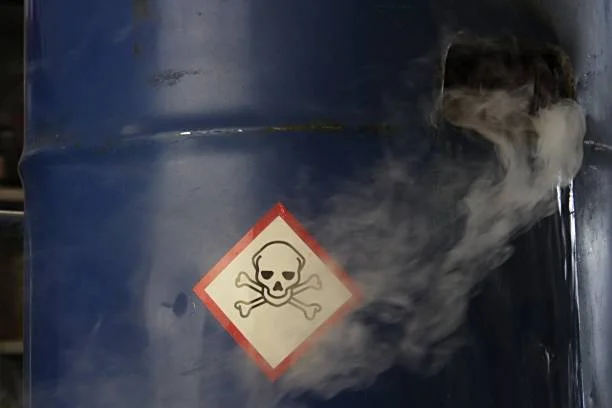
Sodium cyanide is a highly toxic compound widely used in various industrial processes, including gold mining, electroplating, and chemical synthesis. When exposed to moisture or acids, sodium cyanide can release hydrogen cyanide gas, which has a distinct bitter almond - like odor. The question of whether the smell of Sodium Cyanide is harmful is a crucial one, as it involves understanding the nature and behavior of this dangerous substance.
The Toxicity of Hydrogen Cyanide
The smell associated with Sodium cyanide is primarily due to the release of hydrogen cyanide gas. Hydrogen cyanide is an extremely poisonous gas that can rapidly enter the body through inhalation, ingestion, or absorption through the skin. Once inside the body, hydrogen cyanide binds to cytochrome oxidase in the cells, interfering with the normal process of cellular respiration. This prevents cells from using oxygen effectively, leading to a range of severe health effects.
Exposure to even low concentrations of hydrogen cyanide can cause symptoms such as headache, dizziness, nausea, vomiting, rapid breathing, and confusion. Higher concentrations can result in more serious symptoms, including convulsions, loss of consciousness, respiratory failure, and ultimately death. The odor threshold for hydrogen cyanide varies among individuals, and some people may not be able to detect the bitter almond smell at all, which makes relying solely on the smell for detection extremely dangerous.
Routes of Exposure
Inhalation is the most common and dangerous route of exposure to hydrogen cyanide released from sodium cyanide. In industrial settings where sodium cyanide is used, poor ventilation or accidental spills can lead to the release of significant amounts of hydrogen cyanide gas into the air. Even a small amount of sodium cyanide reacting with water or an acid in an enclosed space can create a life - threatening environment.
Skin contact with sodium cyanide or solutions containing it can also be hazardous. Sodium cyanide can be absorbed through the skin, and if the skin is wet or abraded, the rate of absorption increases. This can lead to systemic poisoning, as the cyanide enters the bloodstream and affects various organs. Ingestion of sodium cyanide, although less common in non - suicidal cases, can occur if proper safety procedures are not followed, for example, if food or beverages become contaminated with sodium cyanide in an industrial or laboratory setting.
Safety Precautions
Given the extreme toxicity of sodium cyanide and the associated hydrogen cyanide gas, strict safety precautions must be taken when handling this substance. Workers in industries that use sodium cyanide should be trained in proper handling techniques, including wearing appropriate personal protective equipment (PPE). This includes gas - tight suits, self - contained breathing apparatus (SCBA), and gloves to prevent inhalation, skin contact, and ingestion.
In addition, work areas where sodium cyanide is used should have excellent ventilation systems to quickly remove any released hydrogen cyanide gas. Emergency response plans should be in place, including procedures for evacuating the area in case of a spill or leak, and providing immediate medical treatment to exposed individuals. Laboratories and industrial facilities should also have proper storage facilities for sodium cyanide, ensuring it is kept away from sources of moisture and acids to prevent the release of hydrogen cyanide.
Conclusion
In conclusion, the smell of sodium cyanide is indeed harmful, as it indicates the release of the highly toxic hydrogen cyanide gas. Exposure to hydrogen cyanide can have severe and potentially fatal consequences for human health. Whether in an industrial, laboratory, or any other setting where sodium cyanide may be present, it is essential to be aware of the risks and take all necessary safety measures to prevent exposure. If you suspect exposure to sodium cyanide or hydrogen cyanide, seek immediate medical attention and evacuate the area to avoid further harm.
- Random Content
- Hot content
- Hot review content
- ENVIRONMENTAL MANAGEMENTSYSTEM CERTIFICATE
- Sodium Sulfide Industry Grade 60% 30ppm/150ppm Yellow/ Red Flakes Na2s
- High-strength Shock tube(VOD≧2000m/s)
- Sodiumsulfite Technical Grade 96%-98%
- Anhydrous Ammonia 99% Liquid
- Pine oil 85% High Quality Pinitol oil 85% Light Yellow To Colorless Oily Liquid
- Barium carbonate 99% powder
- 1Discounted Sodium Cyanide (CAS: 143-33-9) for Mining - High Quality & Competitive Pricing
- 2Sodium Cyanide 98% CAS 143-33-9 gold dressing agent Essential for Mining and Chemical Industries
- 3Sodium Cyanide 98%+ CAS 143-33-9
- 4Anhydrous Oxalic acid 99.6% Industrial Grade
- 5Oxalic acid for mining 99.6%
- 6Soda Ash Dense / Light 99.2% Sodium Carbonate Washing Soda
- 7Reagent Grade/Industrial Grade Hydrochloric Acid min.31%
- 1Sodium Cyanide 98% CAS 143-33-9 gold dressing agent Essential for Mining and Chemical Industries
- 2High Quality 99% Purity of Cyanuric chloride ISO 9001:2005 REACH Verified Producer
- 3 High-Quality Sodium Cyanide for Leaching
- 4Powdery emulsion explosive
- 5Industry Grade Electron grade 98% Sulfuric Acid H2SO4 Sulphuric Acid Battery Acid Industrial Sulfuric Acid
- 6Colloidal emulsion explosive
- 7sodium hydrosulfide 70% flakes used Mining Industry


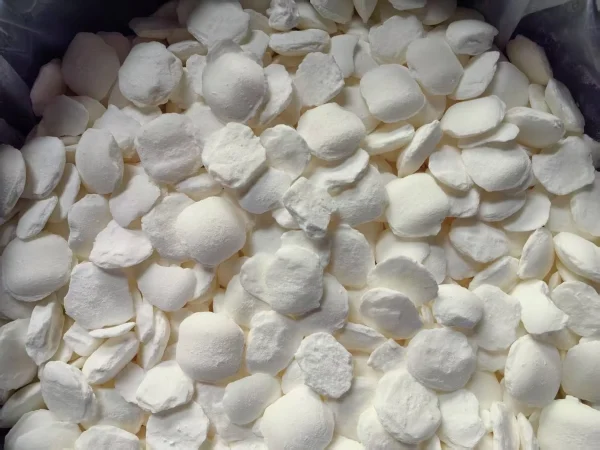
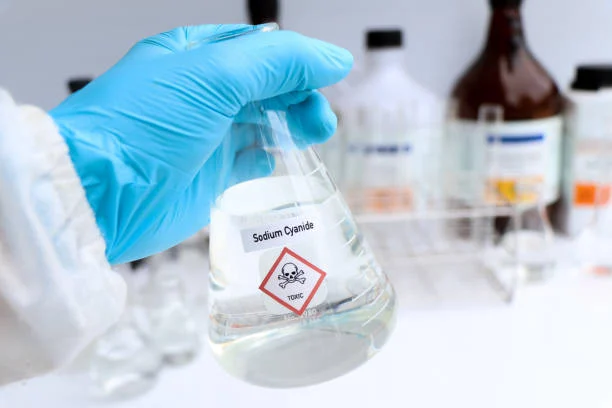
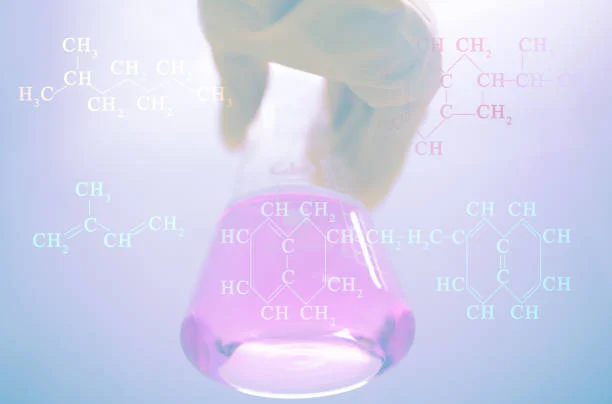


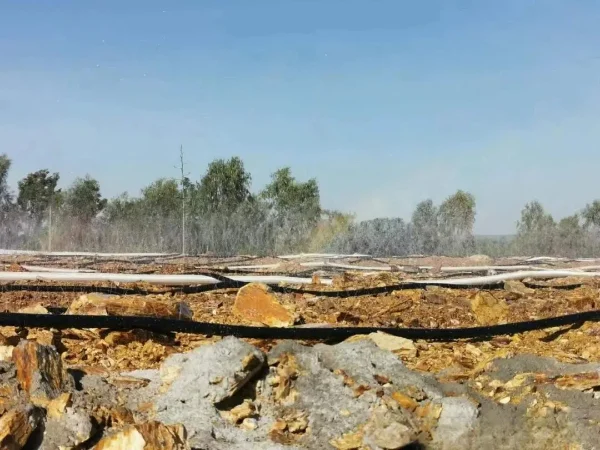



Online message consultation
Add comment: